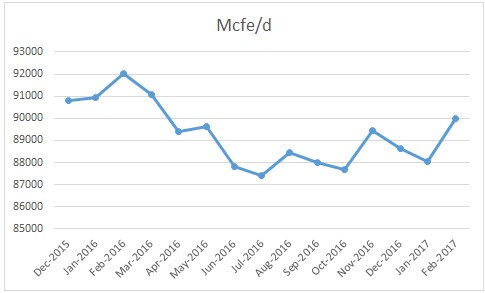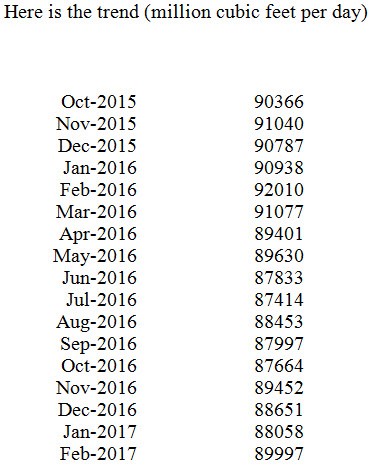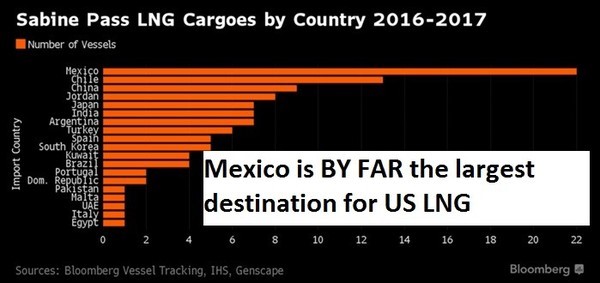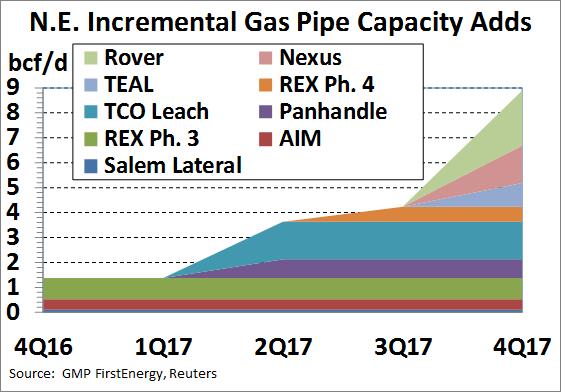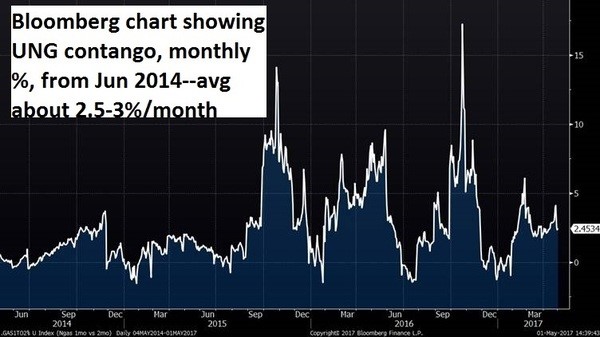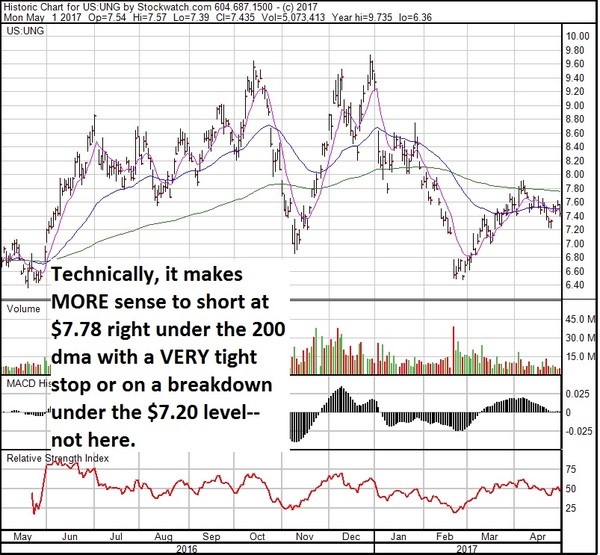LITHIUM PRICES TO STAY HIGH THRU 2024–UBS
85 page report suggests industry will remain highly profitable
Lithium prices will remain well above historical levels thru 2024, UBS Securities said on Thursday June 15, as electric car batteries reach cost parity with ICE—Internal Combustion Engines—in mid 2018. They suggest that will spark a huge increase in demand; one that the lithium supply chain will be hard pressed to meet.
Lithium and cobalt are two obscure metals that are key ingredients in batteries that will be used for Electric Vehicles, and both residential and utility power storage for renewable energy sourced from wind and solar.
Lithium is like the “frac sand” of the new, greener, energy era.
UBS’ June 15 report—entitled Driving Disruption—is also positive news for investors in developing lithium brine plays, suggesting gross profit margins will be over US$5000/ton for years.

UBS says falling battery costs and simultaneous improvements in battery capacity and performance will drive Electric Vehicle (EV) sales. Costs will drop even more as technology improves and the scale of the industry increases. Government incentives in Europe and China are big tailwinds, UBS added.
The only bump in the road for lithium that they see is that current prices—a record US$12 per kilogram (or US$12,000 per ton)—is likely to drop to $9 after 2018.
Lithium is sourced through either hard rock deposits, which are mostly in Australia, and through liquid brines, which are mostly on the Chile/Argentina border at 3000 metres (9,800 feet).
The chart below shows the cost profiles of both brines (in blue) and hard rock deposits around the world. Brines are clearly the most profitable—and from UBS’ predictions, will stay that way:
If prices are $9000 per ton, and costs are only $3000/t—that’s some very good profit!
The increase in lithium production required to meet this demand is staggering, compared to the current global market for lithium. The chart above shows what happened to lithium pricing as it’s used in the batteries of consumer electronics. Future pricing estimates are adding two new global markets—EVs and large scale battery storage.
UBS outlined just how much extra lithium has to get into commercial production to meet demand:
Lithium must see a 2898% increase in production, while cobalt must see a 1928% increase.
UBS suggests supply routes are full of uncertainties saying that both the liquid brines and hard rock deposits “show a chequered history of successfully running operations both consistently and near nameplate capacity”.
This chart shows that no brines hit full capacity, and neither do the hard rock mines. On June 14, Aussie hard rock producer Galaxy Resources (ASX: GXY)—one of only two new junior lithium producers in the world—said their recoveries did not meet expectations.
Of course, all these supply problems are bullish for future lithium prices. Which brings me to the question I always ask…how do I make money off all this information?
To me, the leverage in this fast growing sector is with the development companies; the near-term production players who are getting ready to meet the rising demand for lithium. The Big Producers like FMC and Albemarle (ALB-NYSE) have already seen their stocks double and triple respectively in the last 18 months.
One company that has the assets and the funding to make it happen is Advantage Lithium (AAL-TSXv). Chairman David Sidoo has just raised $20 million to buy 75% of the Cauchari brine deposit, the flagship exploration project of Orocobre (ORL-TSX/ORE-ASX).
The asset is considered so good, many lithium watchers were surprised to see Orocobre part with it—but they still own about 50% given they vended it to Advantage for shares, and also now sit on the board of Advantage.
Analyst David Talbot of Eight Capital in Canada has a price target of $1.90 on the stock, which would be a 400% gain on AAL’s share price today. There are two key points that make the most sense to me:
“Low risk development. Cauchari’s proximity to both Olaroz & Cauchari-Olaroz reserves suggests low geological risk. It has good grades, chemistry, porosity and permeability. Upside potential stems from the belief that the salar may extend three times deeper than the limit of its current 470,000 t LCE resource.
“Quick resource growth. Plans to expand Cauchari resources four- or five- fold to between 2.0-2.5 MMt LCE via deep drilling” (LCE=Lithium Carbonate Equivalent)
For investors, the upside is near at hand as the drills are now turning up at Cauchari. AAL’s Cauchari is not only just 16 km (10 miles) from Orocobre’s Olaroz mine, it is one half of a large brine deposit (called a salar) that already has many holes of high grade brine—that were drilled right along the Cauchari’s property boundary.
So the chances of success are high, and near term. If the drilling is successful, Chairman Sidoo has high hopes of getting the asset into production very quickly, via a pipeline to the existing Olaroz mine.
“By building a pipeline which would only be 8-10KMS’s from our partners processing facility at Olaroz. Orocobre would charge us a nominal processing fee and we would be selling lithium directly into the market immediately.”
Sidoo says they have several Confidentiality Agreements signed with major producers now. “People like these big batteries are inquiring all the time right now about companies that have either production, or near term production. We want to get into the market immediately.
“Our long-term strategy going forward could be partnering with a large lithium producer or battery maker. This partner would fund a large processing facility, which would lower the cost to build one on our own.”
All the data from UBS—and current market prices–certainly says if you have real lithium for sale, it’s a sellers market. As these near term producers meet their development milestones, they could get interest sooner rather than later from larger companies who want some of the big profits the industry is now generating.



















